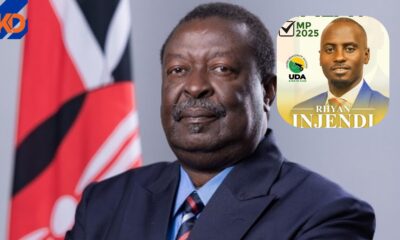In its manifesto, the Congress party promised to remove the sedition law, which has been much abused and is seen as a relic of a colonial state. “The Congress has said it wants to do away with the sedition laws,” Mr. Modi said “Pakistan too wants this. It wants a free hand for those who want to work against India.” The prime minister was raising the nationalist pitch and repeating what he has honed in his five years in power: branding all dissent and disagreement with his views as a bid to weaken the nation.
[Follow coverage of the Indian elections in The New York Times.]
A tactic that Mr. Modi and his party have used in the hope of getting Indians to shed their argumentative nature and conform to their interpretation of militant nationalism is an unprecedented exaltation of the Indian armed forces. They seem to have taken a leaf out of the Iranian playbook by seeking to create a cult of martyrdom by constant references to slain Indian soldiers as martyrs. The usage has been amplified by a largely compliant mass media.
Last week, Yogi Adityanath, who was appointed as the chief minister of Uttar Pradesh, the most populous Indian state, in 2017 by Mr. Modi, described the Indian Army as Modi’s army. Mr. Adityanath, a firebrand Hindu ascetic, who faces many accusations of stoking and participating in religious violence, was only crudely stating what his leader had already conveyed in a calibrated and effective manner.
A few days after his “Modi’s army” remark, Mr. Adityanath continued with the strategy of religious polarization by painting India’s leading opposition parties as Muslim parties that were fighting his Hindu party. The Samajwadi Party has significant support among lower-castes and Muslims in Uttar Pradesh, and the Bahujan Samaj Party has serious support among India’s Dalits and is headed by Kumari Mayawati, the first Dalit woman to be a chief minister in India. The two parties have formed a coalition to fight Mr. Modi’s B.J.P. in these elections.
Ms. Mayawati responded by calling upon India’s Muslims — about 15 percent of the population — not to split their votes among various parties, as that would benefit the B.J.P. Both Mr. Adityanath and Ms. Mayawati have been temporarily barred from campaigning by the Election Commission of India, which conducts the elections, for directly calling upon Hindus and Muslims for their votes.
The Hindu nationalists frame the “threat” posed by the Muslim minority by associating them with Pakistan and by raising the specter of an increased Muslim population with illegal immigration of Muslim migrants from Bangladesh, who are described as “infiltrators.”
This fear of immigrants is the staple of right-wing populists from President Trump to Prime Minister Viktor Orban of Hungary. But nowhere is the fear more imaginary than in India, where the Hindu majority of 965 million dwarfs the Muslim minority of about 170 million, and where the two communities have lived together for over 1,000 years. But for a man with Mr. Modi’s rhetorical skill, facts are easy to set aside.

 General News3 days ago
General News3 days ago
 General News1 week ago
General News1 week ago
 General News1 week ago
General News1 week ago
 General News1 week ago
General News1 week ago
 General News6 days ago
General News6 days ago
 General News3 days ago
General News3 days ago
 General News6 days ago
General News6 days ago
 General News3 days ago
General News3 days ago





